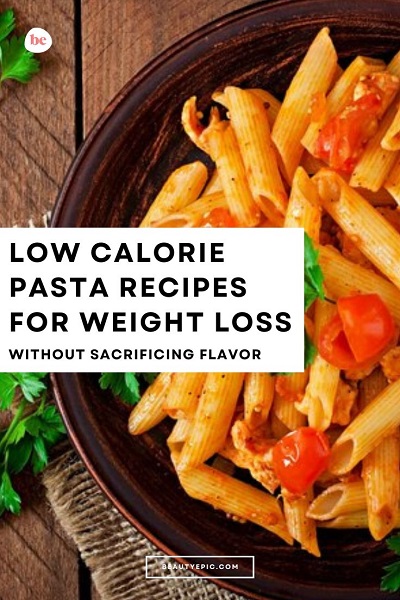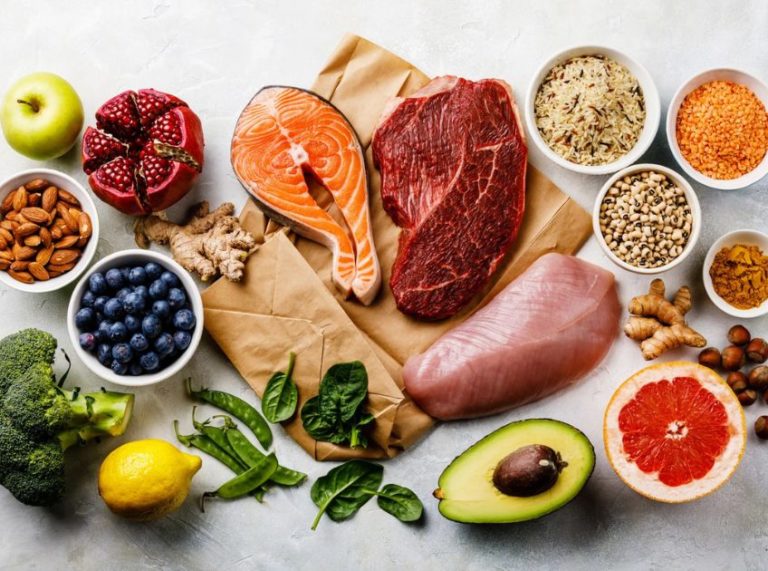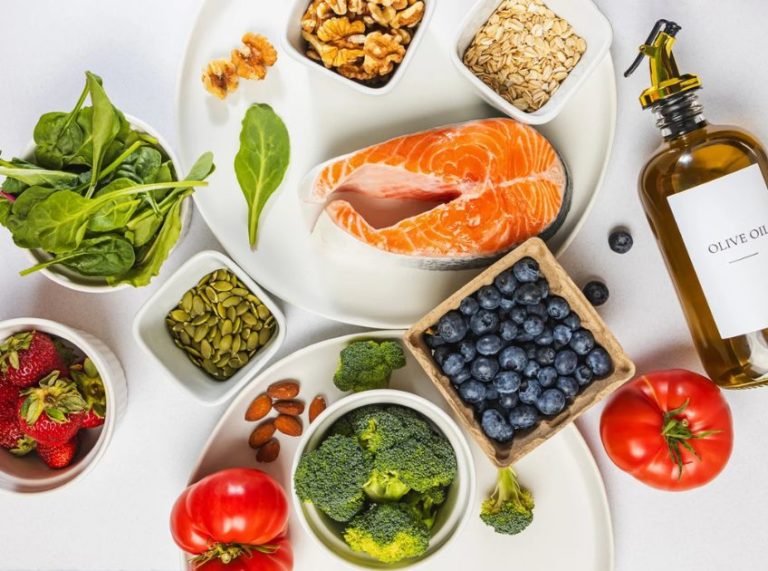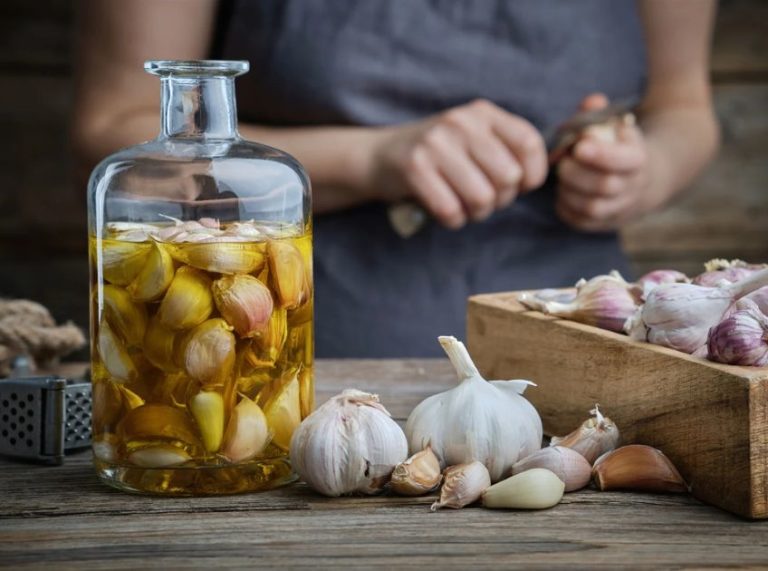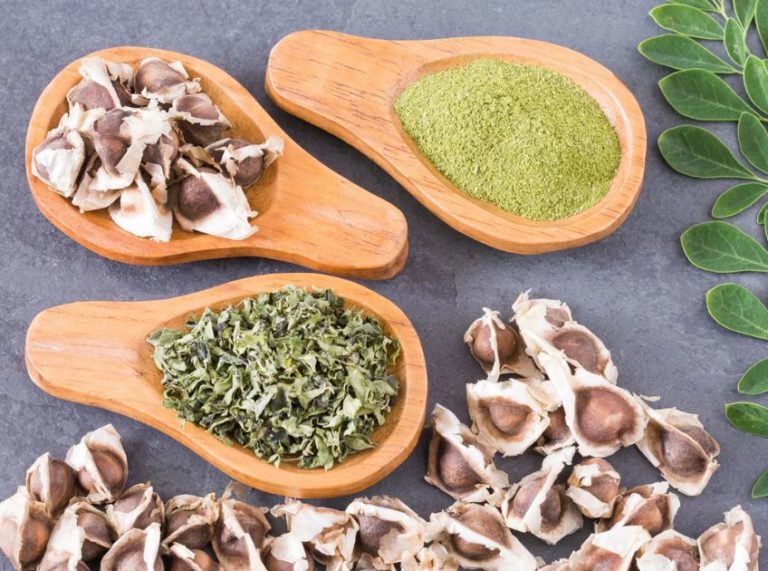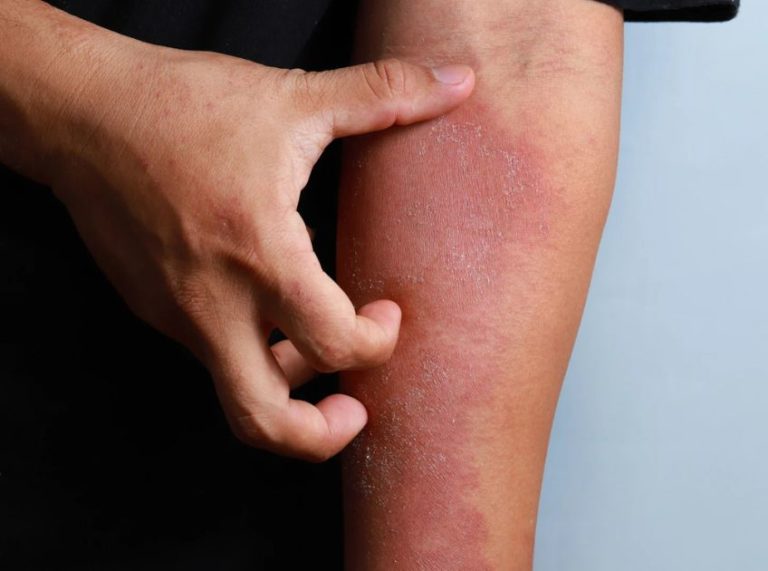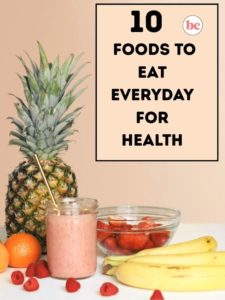
Important: This article is for informational purposes only. Please read our full disclaimer for more details.
Pasta lovers often feel they must give up their favorite dish to meet weight loss goals—but that’s far from the truth. When made with wholesome ingredients and portion-conscious strategies, pasta can be a part of a balanced, calorie-controlled diet. This blog dives into nutritious, low-calorie pasta recipes that are satisfying, easy to prepare, and perfectly aligned with your weight loss journey.
Can You Eat Pasta and Lose Weight?
Yes, you can! Contrary to the myth that pasta leads to weight gain, studies suggest otherwise when it’s eaten in moderation and as part of a healthy diet. A review published in BMJ Open (2018) analyzed randomized controlled trials and found that pasta consumption did not contribute to weight gain and was associated with a slight reduction in body weight when included in low-glycemic index diets (1)(2).
Traditional pasta is high in refined carbs, but healthier versions—like whole wheat, lentil, or konjac-based pasta—offer more fiber, protein, and fewer calories. When paired with veggies, lean proteins, and light sauces, pasta becomes both waistline-friendly and deeply satisfying.
Recipe 1: Zucchini Noodle Pasta with Lemon Garlic Shrimp
Calories: Approx. 250 per serving
Ingredients:
- 2 medium zucchinis (spiralized)
- 1 tbsp olive oil
- 1 garlic clove (minced)
- 200g shrimp (peeled and deveined)
- 1 tbsp lemon juice
- Salt and pepper to taste
- 1 tbsp chopped parsley
Directions:
- Heat olive oil in a nonstick pan over medium heat.
- Sauté garlic until fragrant, then add shrimp. Cook for 3-4 minutes.
- Add lemon juice and spiralized zucchini. Cook for 2 minutes (don’t overcook).
- Season and top with parsley. Serve hot.
Why It Works:
Zucchini noodles (zoodles) drastically reduce calorie and carb intake. Shrimp adds lean protein, helping to keep you full longer.
Recipe 2: Whole Wheat Spaghetti with Tomato Basil Sauce
Calories: Approx. 300 per serving
Ingredients:
- 1 cup cooked whole wheat spaghetti
- 1 tsp olive oil
- 1/2 cup crushed tomatoes
- 1 garlic clove (minced)
- 1/4 tsp chili flakes
- Fresh basil leaves
- Salt and pepper to taste
Directions:
- Heat oil in a pan and sauté garlic until golden.
- Add tomatoes, chili flakes, salt, and pepper. Simmer for 10 minutes.
- Toss in cooked pasta and mix well. Garnish with fresh basil.
Why It Works:
Whole wheat pasta is higher in fiber and more satiating. The tomato sauce is low-calorie but rich in antioxidants like lycopene, which supports metabolic health.
Recipe 3: Konjac (Shirataki) Noodles with Veggie Stir-Fry
Calories: Approx. 180 per serving
Ingredients:
- 1 pack of konjac noodles (rinsed and drained)
- 1 tsp sesame oil
- 1/2 cup chopped bell peppers
- 1/2 cup mushrooms
- 1/4 cup shredded carrots
- 1 tbsp low-sodium soy sauce
- 1 tsp rice vinegar
Directions:
- Dry-fry konjac noodles for 2-3 minutes to remove moisture.
- In a separate pan, stir-fry veggies in sesame oil.
- Add soy sauce and vinegar, toss in noodles, and stir until well combined.
Why It Works:
Konjac noodles are virtually calorie-free and high in glucomannan fiber, which may aid in satiety and appetite control, according to a study published in The American Journal of Clinical Nutrition.
Why These Recipes Support Weight Loss
- Lower Glycemic Index: Swapping refined pasta with whole grains or veggie noodles stabilizes blood sugar levels.
- Portion Control: Each serving is intentionally crafted to stay under 350 calories.
- High Fiber and Protein: Keeps you full, reducing the urge to snack.
- Nutrient-Rich Additions: Incorporating vegetables, herbs, and lean protein boosts vitamin and mineral intake.
Scientific backing emphasizes that successful weight loss isn’t about restriction but creating a sustainable eating pattern. According to Harvard T.H. Chan School of Public Health, combining whole grains with fiber (3) and protein can aid in reducing overall calorie intake while enhancing satisfaction.
Frequently Asked Questions (FAQ’S)
1. Can I eat pasta every day and still lose weight?
A. Yes, if portion sizes are controlled and the pasta is part of a nutrient-rich, calorie-conscious meal. Choosing high-fiber or alternative noodles helps.
2. What’s the best pasta for weight loss?
A. Whole wheat, legume-based (like lentil or chickpea), or konjac noodles are ideal due to their fiber and protein content. They support satiety and better blood sugar control.
3. Should I avoid pasta sauces for weight loss?
A. Creamy or cheese-based sauces are high in fat and calories. Opt for tomato-based or broth-based sauces, and enhance flavor with herbs and spices.
Final Thoughts
Pasta doesn’t have to be the enemy of weight loss. With mindful ingredient swaps, proper portion sizes, and balanced nutrition, it can become a delicious ally on your health journey. These low-calorie pasta recipes show that eating well doesn’t mean giving up comfort food—it just means getting creative with how you prepare it.
Whether you’re craving something light like zoodles or a hearty whole grain bowl, these meals offer flavor and nutrition that align beautifully with your weight loss goals.
